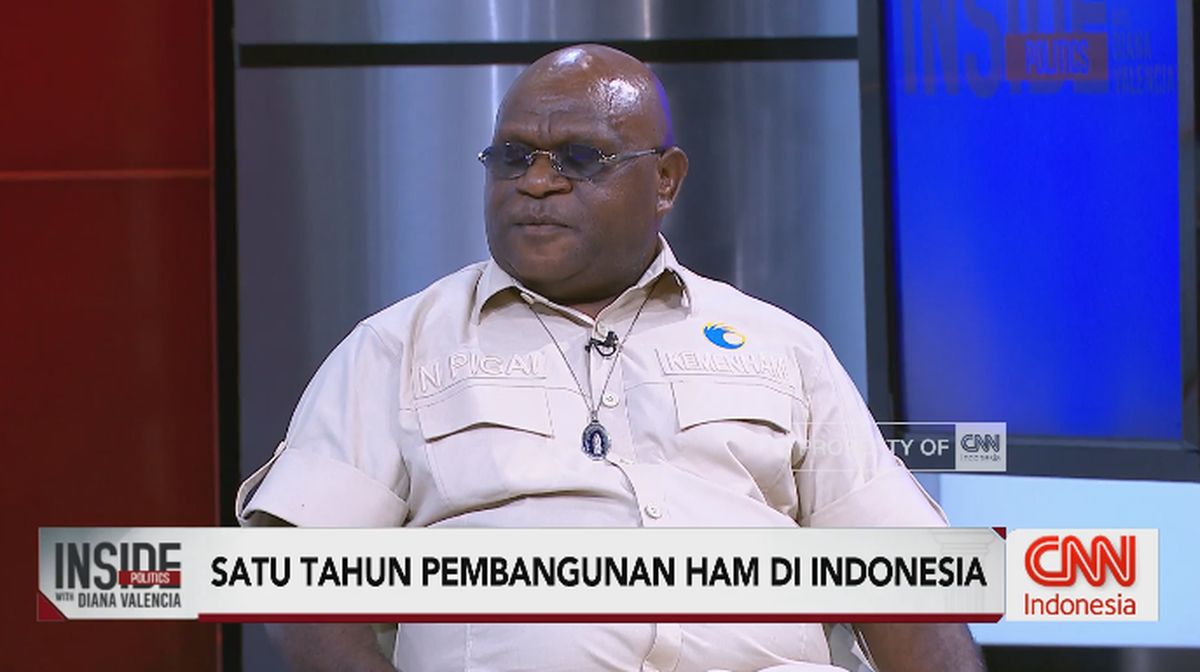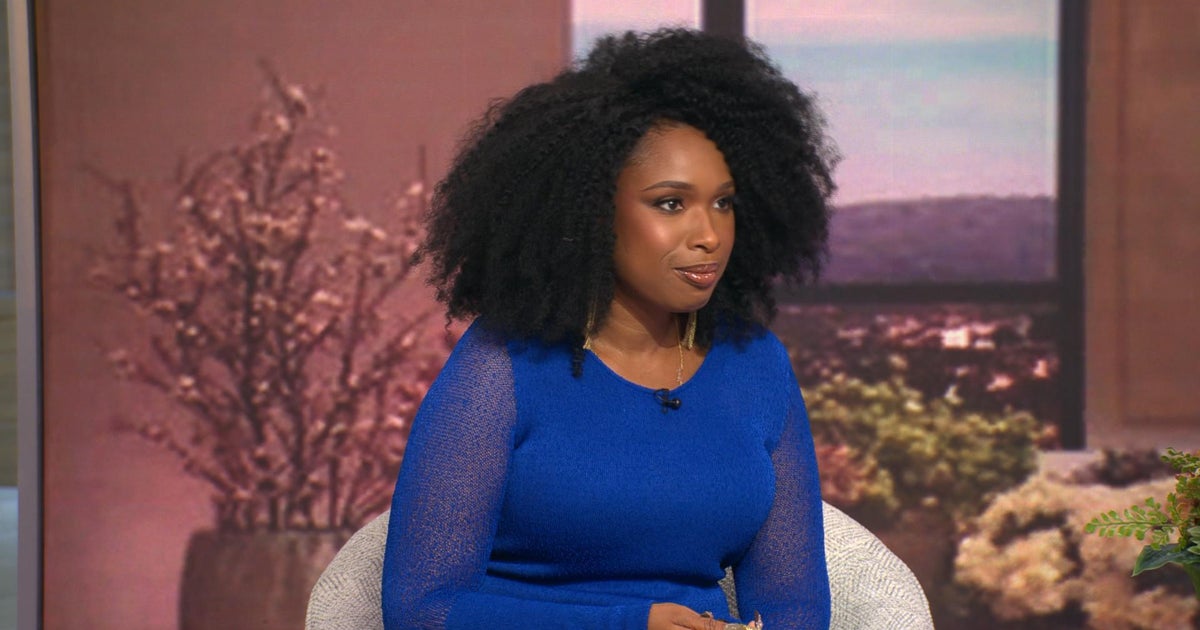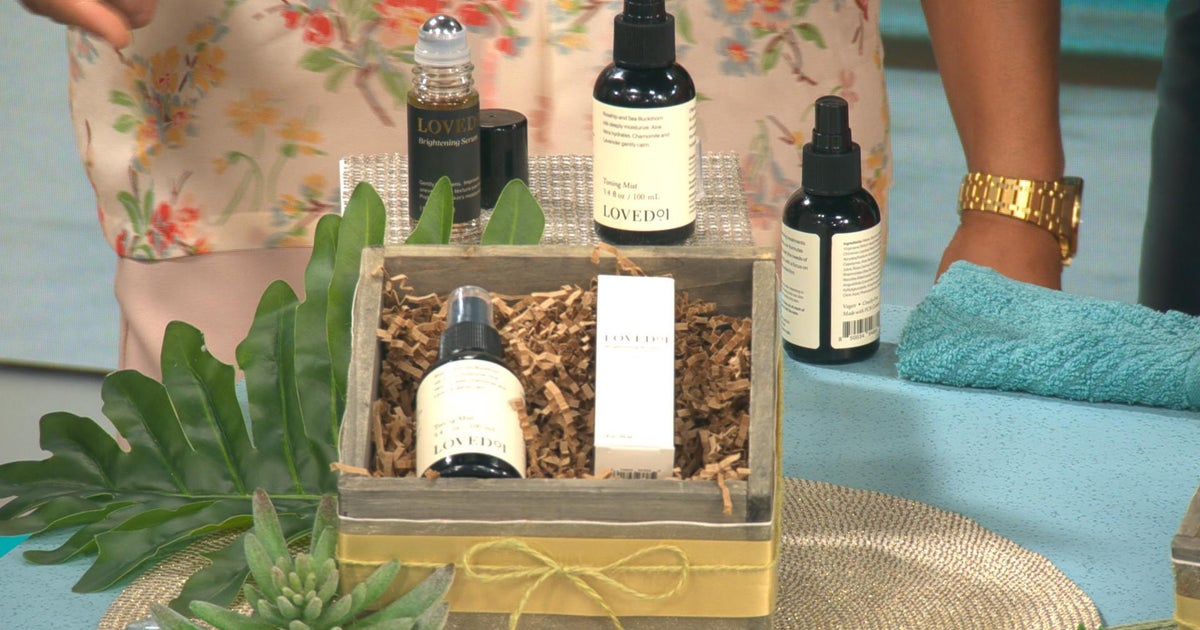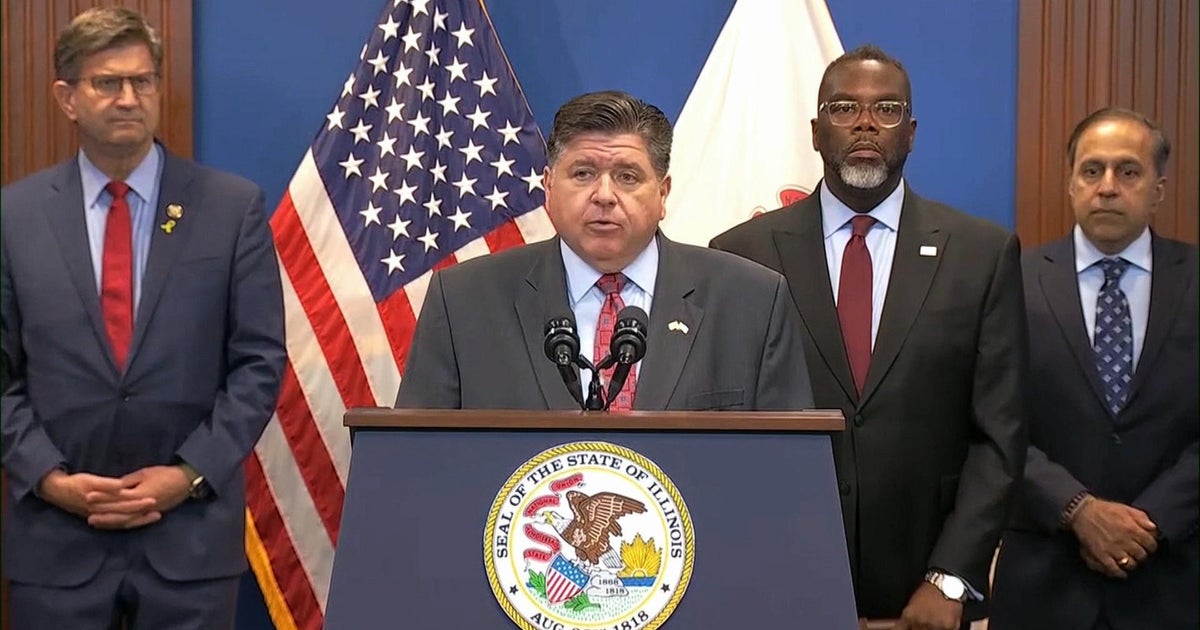The scent of eucalypt trees inspires Stephen Hopper, a genial giant of the botanical world. Each working day over recent months and years, Hopper has sat down at his wooden desk made of jarrah eucalypt, “beautifully constructed and warmly red-brown timbered”, and turned his mind to writing about the genus he describes as “the universal Australian”.
Within walking distance from his house in Albany lie stands of shrubby gum trees found nowhere else in the world. A car-drive away are tall expanses of golden-limbed karri, eucalypts unique to the south-west corner of Western Australia.
Albany lies within the radius of perhaps the world’s richest concentration of eucalypts. But Hopper has roamed eucalypt forests of near-equal richness along the eastern seaboard – from the greater Sydney region to the coastal borders of northern NSW and Queensland. His painstaking botanical work, spanning several decades, has resulted in a book with a suitably singular name: Eucalyptus. Who better to write it than the man who has helped identify more eucalypt species – over 100 – than any living botanist?
The softly spoken scientist is not your average plant nerd. When he was living in Perth, one of the world’s most remote capital cities, he attracted such a strong international reputation that he was headhunted by the Royal Botanic Gardens in Kew, London, to become its first non-British director.
In his current role as professor of biodiversity at the University of Western Australia, he continues to produce scientific papers and opinion pieces on specialist topics such as the state’s kangaroo paw species. Hopper is also a world expert on that native plant, a passion that began when, as an undergraduate, he wandered through a tiny cemetery in WA’s wheatbelt, where wild plants grew in profusion among the tombstones.
But of late, it’s Eucalyptus that has commanded all his attention, a book that definitively explores the richness of all 900 species, from Tasmania’s mighty stringy gum, or Eucalyptus regnans, that soars 100 metres above the forest floor as one of the planet’s tallest flowering plants, to tiny mallees growing like bonsai on ancient WA granite outcrops.

This towering gum tree is one of more than 900 species of eucalypt.Credit: Getty Images/iStockphoto
All except 12 of the 900 are found only in Australia, and they grow everywhere but in its most arid and inhospitable spots. “It’s been a gift writing about what interests me,” he observes simply.
Every word of his writing is eloquent advocacy for the genus. “The seeming uniformity of grey-green eucalypt canopies are a hallmark of Australia, belying and hiding a riot of diversity that requires a mature and perceptive eye to comprehend fully,” he writes.
“Their hard timber has made fortunes from wild harvest and transformed landscapes beyond recognition in exotic plantations.” Aromatic oil-filled gum leaves have “restored human health and fed the fury of wildfires”. But, he adds, the “universal Australian” is a pariah in some countries that introduced fast-growing eucalypts to solve environmental problems, only to create others, such as becoming weeds.
Surprisingly, the eucalyptus bonanza just gets bigger. In 2010, there were 850 species and sub-species; now the figure surpasses 900, although some species are not yet named. “We’re applying second-generation DNA testing and finding that things that were previously regarded as sub-species are more appropriately full species,” says Hopper. “The scientific inventory of eucalypts is an ongoing task.”
His home in southern Western Australia has six of the 10 richest concentrations of eucalypts, or 86–116 species per 10,000 square kilometres. Yet the spectacular Greater Blue Mountains World Heritage Area west of Sydney boasts nearly 100 species. Writes Hopper: “The volatile oils emitted from their pendant leaves during hot summer days create a haze that led to the naming of the Blue Mountains that flank the inland side of the Sydney Basin.”
From southern Queensland to its tropical regions, culminating in the Cape York Peninsula, eucalypts flourish as essentially rainforest trees. In WA’s north-east Kimberley region, the Silver Box (Eucalyptus pruinosa) flanks a track through the sandstone beehive hills of Purnululu National Park. Rare eucalypts grow on the snowy tops of mountains in south-eastern Australia and in Tasmania’s Cradle Mountain National Park. They even grow by salt lakes in WA’s Great Western Woodlands, the world’s largest intact temperate semi-arid forest.
Perhaps the most astonishing is a West Australian Stirling Range hybrid mallee that grows outwards to a diameter of 20 metres. Given that non-hybrid mallees grow at 1–2 centimetres a year, the size of one specimen plant suggests it could be thousands of years old.
Priceless living relics
Hopper’s Eucalyptus (launched this month by UK publisher Reaktion under its Botanical series) is a pioneering work that marries botanical writing with a broader account of the cultural richness embedded in eucalypts. Specifically, the knowledge of Indigenous Australians who have lived among the gum trees – and relied on plants of every kind – for generations.
“This knowledge stands often in stark relief to our understanding of how eucalyptus became known to Western scientists,” Hopper says. “With the richest concentration of eucalypts on the continent, south-west Australia has an extraordinary Nyoongar Aboriginal oral tradition pertaining to eucalypts, and this deserves special treatment.”
Hopper has worked closely with Aboriginal colleagues in the field, such as his friend Ronald “Doc” Reynolds, a Wudjari cultural adviser from Esperance. They were harvesting water plants from a rockpool when Reynolds started eating them. “Steve pointed out that the plants were quite rare,” Reynolds says. “My response? ‘Nice tucker, bro!’ ”
Loading
Reynolds’ knowledge of eucalypts came from his childhood. Camped out in the bush, he was badly burned on the arm when he rolled onto a smouldering fire while asleep. “My parents quickly found a eucalypt and applied the fresh leaves as a poultice,” he says. “It healed my arm to the point where no scar is seen today.”
Hopper was determined that half the book would be devoted to the Aboriginal understanding of eucalypts. “I scoured the literature to see where people have written about this, going back to the early 1800s,” Hopper says. “I found it was so rich that it would have been inappropriate to ignore it.”
One story from the Botany Bay D’Harawal people concerns seven warriors who were all good peace-makers “and each one of them today exists as a eucalypt”. One man transformed into a spotted gum, still widely used for medicines, while another became a tree species used to make boomerangs; a third transformed into a tree known to heal eye complaints, and so on.
“It’s a wonderful intersection between ancestral people who became the trees, and how these people lived beautifully in nature,” says Hopper.
Much material emerged from his friendship and scholarly collaboration with Nyoongar matriarch Lynette Knapp and her family. “They took me to Denmark [in WA] because there’s a hill there with some karri trees right up the top among granite rocks,” Hopper says. “Their family story is that the trees gave birth to the rocks, and the trees do indeed look that way – large boulders covered in a plate of tree tissue developed over centuries.

Nyoongar belief is that these karri trees in WA’s Denmark “gave birth” to the rocks. “The purpose is to show that trees are the ancestors of all things, and if you don’t care for them the whole world is at risk,” says Stephen Hopper.Credit: Courtesy of Stephen D. Hopper
“As a Westerner, it was fantastic to hear about a living thing giving birth to rocks. It shakes the foundations of all credibility in science. But the purpose of it was to show that trees are the ancestors of all things, and if you don’t care for them, the whole world is at risk.
“To Lynette and other elders, it’s self-evident. They’ve been taught this stuff from childhood – when fresh water was scarce, babies, upon birth, were covered in the ash from Eucalyptus cornuta, a yate tree that grows on the granite rocks here in Albany. That ash was left on the baby for the first three or four months. It contains an antiseptic that wards off germs.”
Another focus of study was a trove of eucalypts that had been shaped to hold water in deep bowls, known as gnaama boorna, by gouging out a space between the lower trunks of a single tree.
“In our area, nobody had picked up on their significance until the collaborative research with the Knapp family,” says Hopper. “These medicinal and spiritual water-holding trees are priceless living relics, and relatively few survive to the present day, owing to old age and mismanagement. Simply raking away flammable litter and vegetation from their bases is a vital first step in protecting them from fire. They deserve protection as reminders of 50,000 years of Nyoongar custodianship of the lands on which
we live.”
The constant gardener
Hopper was director of Kings Park, Perth’s elevated botanical garden on the city’s doorstep, when the Royal Botanic Gardens at Kew tracked him down in 2006 and offered him their top job. He and his wife Chris moved into the Kew director’s residence, a three-storey Georgian mansion in south-west London with the youngest of their three children. For the next six years, they found themselves moving in Britain’s highest social, political and even royal circles, while Hopper managed the world’s largest botanical garden.

Hopper in 2012 at London’s Royal Botanic Gardens, where he was the organisation’s first non-British director.Credit: Courtesy of Stephen D. Hopper
One of his legacies was an ambitious Kew campaign called the Breathing Planet, launched in his fifth year and supported by legendary naturalist and former Kew Gardens trustee, David Attenborough. The aim was to ”inspire, deliver and fund” science-based plant conservation efforts worldwide. “It was our business plan for Kew, framed around four or five key areas of activity, like the Millennium Seed Bank and heritage challenges like the Victorian glasshouses that need a major overhaul every 40 years. You’re obliged not to let them fall down!”
Other goals were to connect the world’s 20 preeminent botanic gardens in restoration programs, and to launch Grow Wild, “which involved planting vacant blocks and bits of land in cities throughout the UK and creating meadows of wildflowers”.
Breathing Planet set out to raise £100 million. “We were three-quarters of the way there when I left Kew in 2012. They eventually reached the target, having attracted some of the largest grants from lotteries and private donors in Kew’s history.”
‘I named a new [eucalypt] last year … It’s ideal for ornamental horticulture, yet it has just sat there unrecognised.’
Stephen HopperHopper returned to Western Australia to take up a professorial role with the University of WA’s satellite campus. Located in a global biodiversity hotspot, Hopper could return to his scientific pursuits. Eucalypts have remained a prime focus in his work, and he says identifying more than 100 species and sub-species has been a collaborative effort with expert colleagues like the late taxonomist Ian Brooker.
“I named a new one last year, a square-fruited or four-sided mallee growing on granite rocks east of Esperance, mostly in Cape Arid National Park. It grows on the margins of granite rocks in shallow soil, can handle drought and has beautiful big red flowers. It’s ideal for ornamental horticulture, yet it has just sat there unrecognised for a long time.”
In Eucalyptus, Hopper traces earlier botanical discoveries that had propelled European explorers southward to Australia. It began with the first delivery of seed from the stringybark (Eucalyptus obliqua) to Kew’s Royal Botanic Gardens. Collected from Bruny Island in Tasmania on Captain James Cook’s second expedition in 1773, the seed was planted the following year by Kew’s head gardener William Aiton.
Incredibly, two Tasmanian blue gums (Eucalyptus globulus) on Bruny Island, sketched by naval officer and artist George Tobin in 1792, were still visible as mature trees in photographs from the same site taken 200 years later.

Two blue gums on Tasmania’s Bruny Island were first sketched in 1792 by artist George Tobin.Credit: George Tobin

The same gums on Bruny Island today.Credit: Courtesy of Stephen D. Hopper
In 1788, Captain Arthur Phillip sent seeds of red mahogany (Eucalyptus resinifera) from Sydney to Sir Joseph Banks, then adviser to Kew Gardens. Seeds were dispersed around the British colonies until eucalyptus became – and remains – the most widely grown hardwood on Earth. Sultan Fateh Ali Sahab Tipu first introduced eucalypts to India in 1790, in his palace garden in the granitic Nandi Hills near Bangalore. His eucalypt plantations displayed spectacular growth rates of seven metres in 18 months, or four times the growth rate of teak trees.
The first outdoor planting of a eucalypt in mainland Europe was at the Caserta royal palace north of Naples, Italy, in 1792, probably using seeds obtained from Joseph Banks. The French also began growing eucalypts, largely as a result of the patronage of Napoleon Bonaparte’s wife, Empress Joséphine.
By early 1800, eucalypt seedlings had made their way from Mauritius to South Africa, where they provided timber and shelter for rural people living in semi-arid environments.
As government botanist in the colony of Victoria, Baron Ferdinand von Mueller’s advocacy for eucalypts was such that, in a single year in 1861, he had sent 22 cases of plants overseas, including 31,000 live plants, 36,400 cuttings and 51,290 seed packets. He wrote exuberantly that eucalypts were globally important “for all times to come ... in sylvan culture”.
Loading
“Eucalypt oil is still working its medicinal magic, now produced in abundance in places far from Australia, especially China,” says Hopper.
In the United States, fast-growing blue gums became so popular that between 1910 and 1913, 8 million trees were planted in California’s Berkeley Hills to form a continuous 22-kilometre strip.
“Eventually it was realised that weedy, immature gums in foreign lands were no match for old-growth, Australian forest eucalypts in terms of wood quality,” Hopper says. Yet the US boom continued, with more than 100 companies buying land, managing nurseries and planting trees.
“The face of Californian landscapes in the central valley and southern regions was changing from grassland, chaparral and pineland to eucalypt monoculture,” writes Hopper. “Some 500 of the 900 eucalypt taxa have been grown in the state, largely from the efforts of a relatively small number of enthusiasts. Some Californians I have met have expressed surprise at the claim that eucalypts are native to Australia.”
Troubling threats
Going out bush with Hopper offers a privileged insight into nature. On an overcast morning, we scramble up a slope to the top of a granite outcrop in the wilderness of Walpole, west of Albany, where stands of karri eucalypts are visible in the distance.
Below us, I spot a large, venomous dugite coiled on a ledge, its 1.5-metre length only half visible. “We passed a tiger snake, too, on the way up,” Hopper declares calmly, resting his walking poles on the ancient rock to survey the scene. “We’re only 20 metres off the road and yet you’re up into another world with plants and animals that have been here a very long time.” He says the evidence of Nyoongar culture in the landscape is so prevalent “it would amaze people”.
“See those lizard traps?” he says, pointing with his stick to a flat rock propped up by a boulder, then another, and another. “Nyoongar people created them to provide extra lizard habitat for ‘kaarda’ or goannas in particular, which is their favourite food.”

“The world today cannot survive without eucalypts,” Hopper writes in the final chapter of Eucalyptus.Credit: Courtesy of Stephen D. Hopper
The sight of the karri forest prompts Hopper’s thoughts about the species’ recovery after the timber industry was ordered out of native forests. “They worked out how to care for regrowth karri decades ago – for the first 15, 25 years of karri growth, if you don’t keep fire out, you lose the forest. So they worked out how to do it.”
Now, he says, conservation authorities must find strategies for other species that are suffering from a drying climate, which is increasing fire incidents and the spread of plant disease. The scale of the threat to Australia’s natural environment, including eucalypts, is troubling. “When you have a federal Labor government putting the kibosh on the ‘nature-positive’ reform of our environmental laws, it’s a problem – a case of self-interest rather than communal interest.”
No eucalypt has become extinct, but nearly a quarter of known species are threatened with extinction. “The world today cannot survive without eucalypts,” Hopper writes in the final chapter of Eucalyptus. “Their utility is unquestionable, for beekeepers or the pharmacy, the timber yard or the trade in fine furniture. Wherever wood, oil and nectar products have been needed from fast-growing, herbivore-resistant trees, eucalypts have been planted.
“Even the paper in the books and printers that remain so important to modern life comes from the fibres of woodchips from Tasmanian blue gum ... Although controversial still, with questionable ecological impact, plantation forestry of eucalypts has gifted much to our modern lives.”
Loading
Wild eucalypts make an even greater contribution to human and other life, he adds. “In common with all trees, eucalypts generate oxygen as they photosynthesise. They provide food for myriad insects, mammals and birds. We are lucky indeed that no eucalypt has yet become extinct … My ancestors contributed to the destruction of eucalypt woodlands and forests for agriculture in Victoria and NSW. It’s my hope that this book makes a small contribution towards reparation of such damage and poses a way for a brighter future with eucalypts for our descendants.”
Would Hopper return to Kew Gardens, if asked?
“No, not for any bad reason but because it’s in London, in a culture that is nowhere near as interesting or diverse as what I’m involved in. I’d often say to Kew staff, ‘Why don’t you spend more time in Australia, and in particular Western Australia, which is a global biodiversity hotspot?’ They’d say, ‘Yes, but it’s a long way between anything cultural,’ meaning between towns.
“These days, I’m sure I could stop anywhere and find something with abundant cultural significance,” he says, adding with a smile, “and perhaps even a new species.”
To read more from Good Weekend magazine, visit our page at The Sydney Morning Herald,The Age and Brisbane Times.


















































